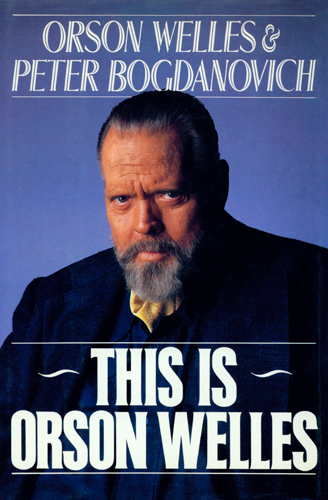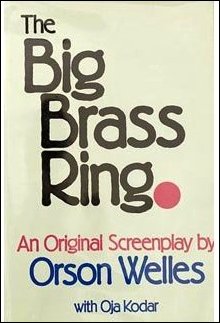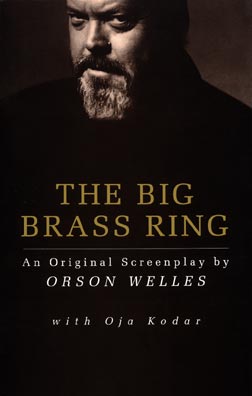Ben Kenigsberg emailed me a few questions on November 27 for a story about the authorship of the Citizen Kane screenplay, tied to the upcoming commercial release of David Fincher’s Mank, for the New York Times. Since I regarded this as a fake issue designed to make a piece of infotainment sound more ‘serious’ than it actually was (which is why I refuse to include a still from Mank here), and despite my knowing that the Times will never print criticisms of its own positions, I responded as follows: :
1. Have you seen “Mank”? If so, what did you think? And if not, what do you think of the idea of the project?
Yes, I’ve seen Mank, and I wrote about it briefly on my site.
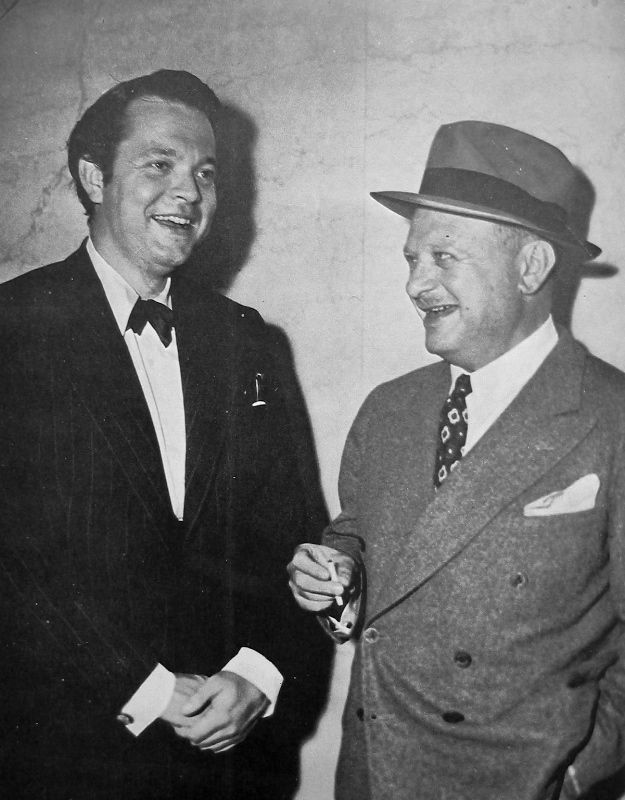
2. How would you explain to readers who know nothing about “Raising Kane,” “The Kane Mutiny” or even “Citizen Kane” itself why the authorship of the screenplay matters (assuming it matters)? Movies drawn from real events take liberties all the time, but what’s different about “Mank,” which implies (with maybe a bit of plausible deniability) that Mankiewicz deserved sole credit for the script, is that it resurrects a debunked idea that has a history and a subtext. The question of who should receive screen credit for “Kane” dates back at least to Mankiewicz’s contract with Mercury, but I think it’s fair to say that Pauline Kael would never have revived the issue — or, as Robert Carringer, Harlan Lebo, et al., have demonstrated from looking at the screenplay drafts, used selective evidence to elevate Mankiewicz’s contributions — were it not for the broader debate over the auteur theory in 1971. Would you agree?
I assume you mean the credited author of the Citizen Kane screenplay, which is and should be Herman J. Mankiewicz and Orson Welles, in that order–and not the credited author of the Mank screenplay, which isn’t but should be Jack Fincher and Herman J. Mankiewicz, in that order. Because my interest is in art rather than business whereas the Times always prefers the latter (which is why Harvey Weinstein used to be its favorite auteur and its favorite critic, at least when Janet Maslin was its principal spokesperson on these issues). My interest in Mank is minescule alongside The Other Side of the Wind, just as I prefer Shigehiko Hasumi and the late Manny Farber as writers and critics to David Thomson, the Times‘ favorite post-Weinstein film critic, because he pays the proper respect to how much money the suits want to make and who regards Welles a failure because he didn’t make money for the suits.
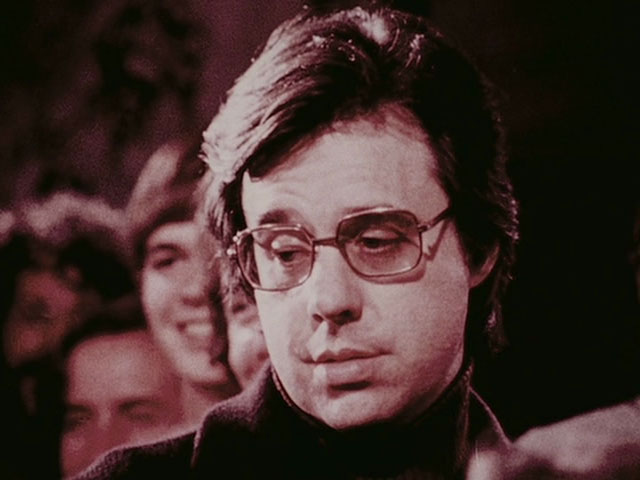
3. You say here that “The Kane Mutiny” was “mainly written by Welles himself” and direct to your books for more. In the new introduction to “This Is Orson Welles,” Bogdanovich writes: “I did all the legwork, research, and interviews, and the by-line carried only my name, but Orson had taken a strong hand in revising and rewriting.” There doesn’t seem to be a world of difference between “a strong hand in revising and rewriting” and “mainly written,” but it would be better if I could be as precise as possible. Is there more to the story than that? You call Welles’s writing in the essay an “extraordinary act of impersonation.” (This may be a question for Bogdanovich.)
I’m sorry that Jim Naremore didn’t include this essay in his casebook. The first time I met Oja was at the Rotterdam film festival in early 1986. Peter was also invited but couldn’t attend because he was going through one of his bankruptcies. One of the first things I said to Oja was to please tell Peter how much I loved that essay, and Oja said, “But Orson wrote it!” I think it’s much better written than any of Peter’s essays–which of course doesn’t mean that he didn’t help with it and contribute to it. I think this is also true to a lesser extent of This is Orson Welles, which Oja asked me to edit…If one needs any further proof of Welles’ skill as a solo writer, his unrealized acreenplay The Big Brass Ring–which Gore Vidal praised in detail, and which I had a hand in publishing–surely offers conclusive evidence.
